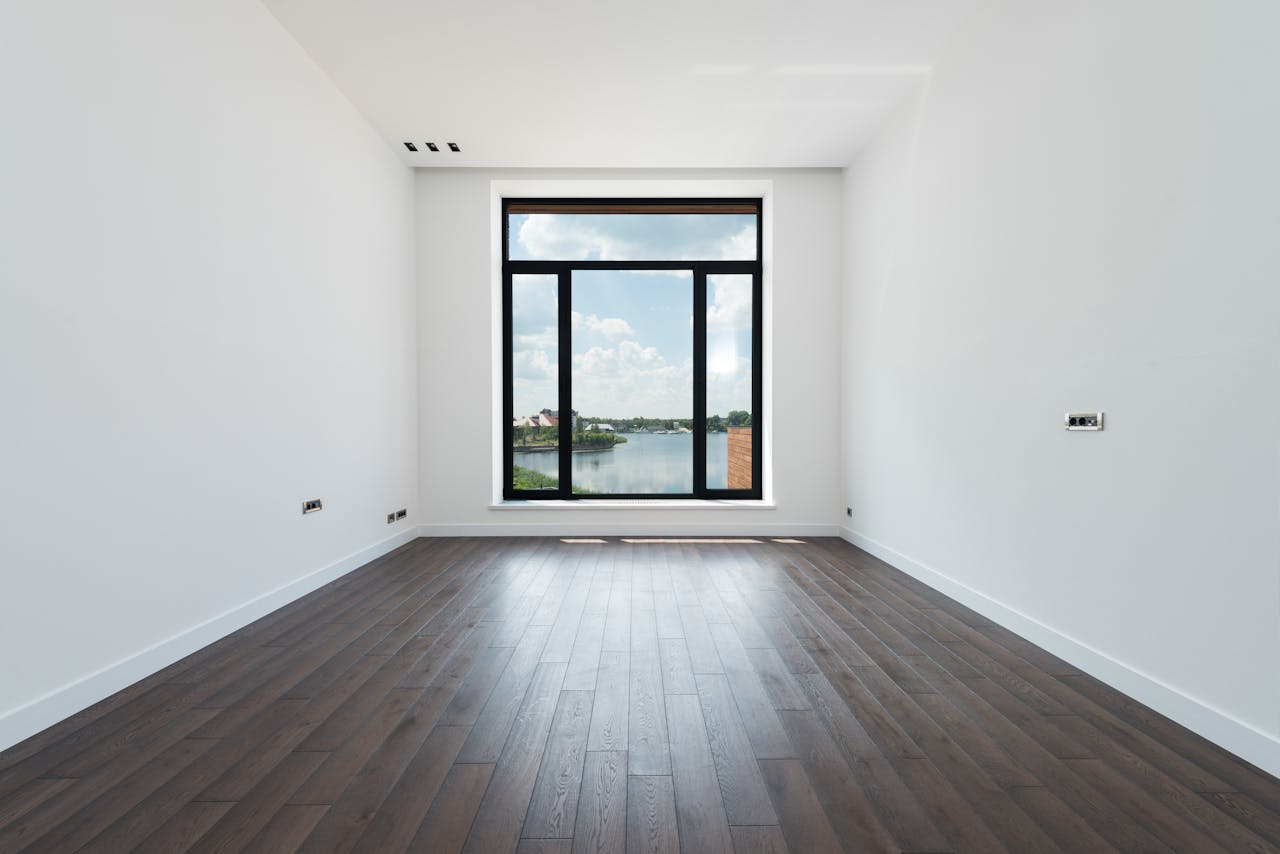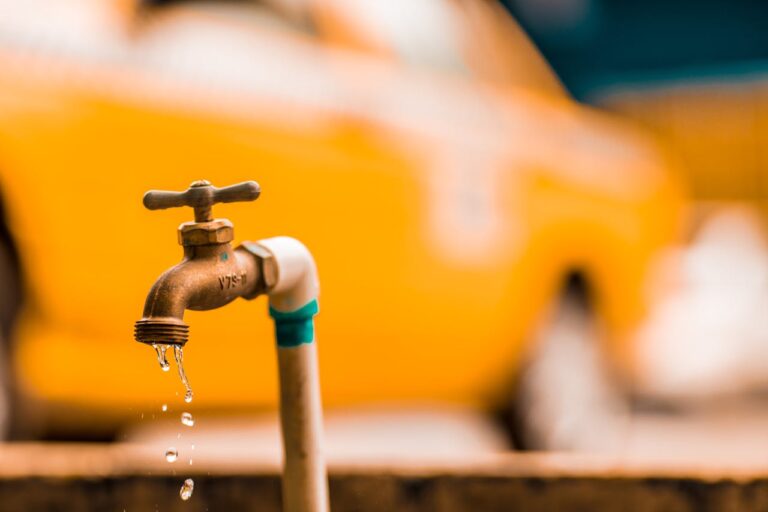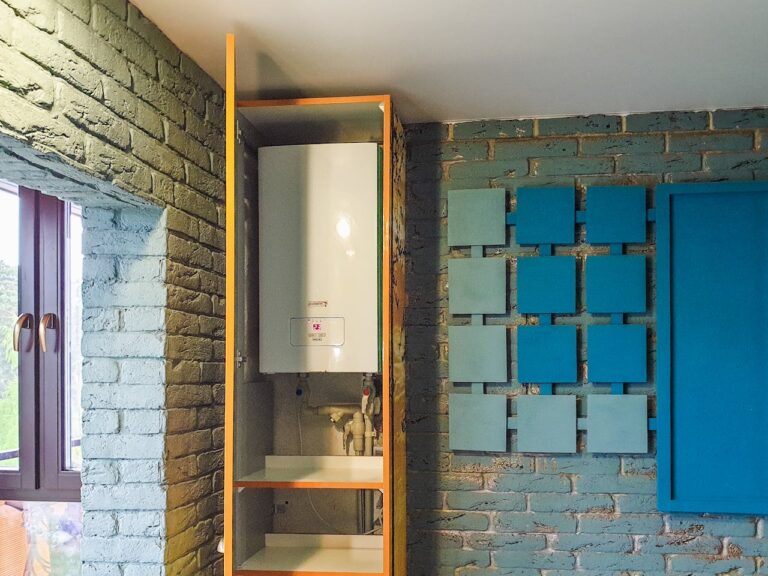
Ensuring the safety and security of your home is a top priority for homeowners and renters alike. While professional security systems and monitoring services offer comprehensive protection, there are many effective do-it-yourself (DIY) strategies that can enhance the safety of your living space without breaking the bank. In this comprehensive guide, we will explore a wide range of DIY home safety tips, covering everything from burglary prevention and fire safety to childproofing and emergency preparedness. By implementing these strategies, you can create a safer and more secure environment for you and your loved ones.
Burglary Prevention:
- Install Deadbolts: Upgrade your exterior doors with high-quality deadbolt locks to provide an additional layer of security against forced entry.
- Reinforce Door Frames: Strengthen door frames with metal reinforcement plates or strike plates to prevent kick-ins and break-ins.
- Secure Windows: Install window locks or window bars to deter intruders from entering through vulnerable windows.
- Maintain Outdoor Lighting: Ensure that outdoor areas are well-lit at night with motion-activated lights or solar-powered lights to deter burglars.
- Use Security Cameras: Install DIY security cameras or video doorbells to monitor your property and deter potential intruders.
Fire Safety:
- Install Smoke Alarms: Place smoke alarms on every level of your home, including inside bedrooms and near sleeping areas, and test them regularly to ensure they are working properly.
- Have Fire Extinguishers: Keep fire extinguishers in key areas of your home, such as the kitchen, garage, and near fireplaces, and learn how to use them effectively in case of a fire.
- Create an Escape Plan: Develop a fire escape plan with your family, including multiple exit routes from each room, and practice fire drills regularly to ensure everyone knows what to do in an emergency.
- Check Electrical Cords: Inspect electrical cords and outlets for signs of damage or wear, and replace any frayed cords or malfunctioning outlets to prevent electrical fires.
- Keep Flammable Items Away: Store flammable materials, such as cleaning supplies, gasoline, and propane tanks, in a safe and ventilated area away from heat sources and open flames.
Childproofing:
- Secure Furniture: Anchor heavy furniture, such as bookcases and dressers, to the wall to prevent tipping over and causing injuries to children.
- Use Safety Gates: Install safety gates at the top and bottom of stairs to prevent young children from falling, and choose gates with a secure locking mechanism.
- Cover Electrical Outlets: Use outlet covers or plug protectors to prevent young children from inserting objects into electrical outlets and risking electrical shock.
- Lock Cabinets and Drawers: Install childproof locks or latches on cabinets and drawers containing hazardous items, such as cleaning supplies, medications, and sharp objects.
- Supervise Water Areas: Never leave young children unattended near water, including bathtubs, pools, and buckets, and install safety covers or barriers around pools and hot tubs.
Emergency Preparedness:
- Create Emergency Kits: Assemble emergency kits for your home, car, and workplace containing essential supplies, such as water, food, first aid supplies, flashlights, and batteries.
- Store Important Documents: Keep copies of important documents, such as identification, insurance policies, and medical records, in a waterproof and fireproof container or safe.
- Establish Communication Plans: Develop communication plans with family members and neighbors in case of emergencies, including meeting points and contact information.
- Learn First Aid: Take a first aid and CPR course to learn life-saving skills and be prepared to provide assistance in medical emergencies until professional help arrives.
- Stay Informed: Stay informed about local emergency alerts, weather forecasts, and community resources, and sign up for alerts and notifications from local authorities and emergency management agencies.
General Home Safety:
- Test Carbon Monoxide Detectors: Install carbon monoxide detectors on every level of your home and test them regularly to ensure they are functioning correctly and detecting any buildup of carbon monoxide gas.
- Maintain HVAC Systems: Schedule regular maintenance for heating, ventilation, and air conditioning (HVAC) systems to ensure they are operating safely and efficiently, and replace air filters regularly to improve indoor air quality.
- Clear Clutter: Keep hallways, stairways, and other high-traffic areas clear of clutter and obstacles to prevent trips and falls, and use non-slip rugs and mats to provide traction on slippery floors.
- Check Home Security: Inspect doors, windows, and locks regularly for signs of wear or damage, and repair or replace any faulty or outdated security hardware to maintain the integrity of your home’s defenses.
- Stay Vigilant: Stay vigilant and aware of your surroundings, and report any suspicious activity or safety concerns to local law enforcement or neighborhood watch groups to help keep your community safe.
Conclusion:
By implementing these DIY home safety tips, you can create a safer and more secure environment for you and your family to enjoy. Whether you’re protecting against burglaries, preventing fires, childproofing your home, or preparing for emergencies, taking proactive steps to enhance home safety can provide peace of mind and help prevent accidents and injuries. Remember to regularly assess and update your home safety measures as needed to adapt to changing circumstances and ensure ongoing protection for your home and loved ones.






